 0
Product
Products
(empty)
0
Product
Products
(empty)
No products
Pet & Garden Supplies
- Poultry
-
Bird
- Birds For Sale
- Bird Seed & Grains
- Feeds, Treats & Supplements
- Lorikeet Food
- Breeding Aids
- Bird Cages
- Bird Medications
- Bird Care Supplies
- Pigeon
-
Dog
- Dog Treats
- Dog Food
- Dog Kennels
- Crates, Carriers & Pens.
- Dog Medication & Supplements
- Flea, Tick and Worming
- Shampoo & Grooming
- Puppy Care
- Dog Accessories
- Cat
- Rabbit & Small Animal
- Aquarium & Reptile
- Wildlife
- Horse, Stockfeed & Hay
- Pest Control
- Wire Mesh
- Organic Gardening
- Potting Mix & Mulch
- Manure, Compost & Fertiliser
- Lawn Care
- Garden Pest Control
- Fruit & Vegie Patch Care
- Orchid Care
- Home & Garden Care
- MISC Payments
Specials
Lucerne Pellets




 0 Review(s)
0 Review(s)




 0 Review(s)
0 Review(s)
Perlite, Vermiculite & Pumice There are 22 products.
Frequently Asked Questions.
Q. Can perlite or vermiculite be used to grow vegetables in the garden and how can this be done?
A. Yes, perlite and vermiculite are great mediums for growing vegetables in the garden? It's suggested to create a planting mix that is about 50% perlite and/or vermiculite and 50% organic matter like potting mix etc. Please see below for more details from our supplie...
View MoreFrequently Asked Questions.
Q. Can perlite or vermiculite be used to grow vegetables in the garden and how can this be done?
A. Yes, perlite and vermiculite are great mediums for growing vegetables in the garden? It's suggested to create a planting mix that is about 50% perlite and/or vermiculite and 50% organic matter like potting mix etc. Please see below for more details from our supplier for growing plants with perlite and or vermiculite. See disclaimer before reading the information below.
Suggested Planting Mix Ratio:
|
Material A 25-33% |
Material B 25-33% |
Material C 34-50% |
|
Perlite P400 |
Vermiculite Grade 3 |
Organic material eg. Cocopeat, Peat, Composted wood, composted bark, black home compost, cheap potting mix, and preferably a combination of some of these materials. |
This above ratio mix will achieve a water holding capacity of between 45% to 55% and 20% to 25% air filled porosity, which is very good for growing most plants.
This combination is very hard to flood by rain or by overwatering and this combination drains very well.
Amendments:
Add 1 part of garden lime or gypsum per 1,000 parts of potting mix by volume.
Add 1 part of dolomite per 1,000 parts of potting mix by volume.
This will help supply slow release Calcium and Magnesium missing from many pelleted fertilisers and buffer pH changes toward acid initially.
Fertilizer:
There are many choices. Eg. Use Nitrophoska Special (version with trace elements) at the rate of 50 grams per square metre of growing bed area, taking care to spread evenly. Dig to a depth of 1-4 inches of media depth. Repeat application, as plants appear to require more nutrition perhaps each month once the sun returns in Spring. Eg tomatoes are heavy feeders in Spring. Lettuce requires less nutrition.
Yellowing of leaves is a commonly observed, generally caused by too much rain or watering, though occasionally due to insufficient iron/nitrogen or phosphate, etc. This is where a hydroponic nutrient is very handy to have to hand, as it removes all the guess work and rebalanced and stabilises the crop and growing media as all elements are available in the exact right rations. Plant leaf colour generally returns to a good mid green tone.
A truly excellent Australian made product is Langley Troforte M (follow directions on the package). This is one of the products I have personally used and have had very good results. Alternatively use Osmocote, (orange lid works well with vegetables) or Nutricote, etc. at recommended rates on the fertiliser package. (these CRFs tend to be more expensive especially for veggies)
Fertilise a little frequently as opposed to a large amount in one go. The first few weeks, the soil biology of the organic materials (that are not composted optimally) may consume an excess amount of Nitrogen. This is called Nitrogen draw down causing leaves to yellow. Additions of small amounts of Urea or Nitrogen fertiliser may help reduce this impact, which normally abates after 2-6 weeks, if normal fertilisation is continued. For crops like Corn, Urea or another nitrogen source should be added as this crop has a very high nitrogen demand as well as a need for a supply of a semi-balanced fertiliser like Nitrophoska or Special, Peters, etc. There are plenty to choose from. If you need a recommendation for a high-quality low-cost hydroponic (completely balanced) fertilisers and 100% soluble fertiliser, I may be able to assist. A single bottle is very inexpensive and takes out all the guesswork for the home gardener when problems strike. They also greatly multiply yields especially of fruiting plants, so more than pay for themselves.
Care should be taken with using organic additives especially poultry based manures. If at all, these should be used as part of a longer term as opposed to short term growing strategies. Very few commercial growers use these materials for a number of very good reasons. If you choose to use them, dig them in very deep, so they do not impact younger developing plants. Again you may see issues with root vegetables not forming or fruiting plants that fail to move into a generative (flowering and fruiting) cycle due to the excessive and late arrival of nitrogen and overall lack of nutritional balance. Poultry manure works fairly well on turf which has a high nitrogen demand and generally established lawns already have a very well developed microbiological foundation for processing excess Ammonia and dealing with a larger influx of organic solutes and soluble components from time to time.
Disclaimer: The above information is very general in nature and may not apply to your situation. This information is for educational purposes only and is not expert advice. Please seek expert advice before gardening with perlite or vermiculite.
Subcategories
-
Perlite
-
Vermiculite
-
Pumice
Frequently Asked Questions:
Q. Is the pumice you sell sterilised?
A. The short answer is that only the UXP Made Made Made Pumice is sterilised. For further information from the manufacturer see below
- New Zealand Natural Pumice (washed and screened)
NZ Pumice is not sterile but fully conforms with AQIS import standards.
- Australian Man-made Pumice (sterile)
When manufactured, is heated to 900 degrees rendering it functionally sterile.
-
Akadama & Kanuma
-
Ausperl Perlite 100 Litres (Regional NSW & Interstate)




 0 Review(s)
0 Review(s)
Horticultural and other uses. AUSPERL perlite is a super light weight potting media that is clean and easy to use as well as environmentally friendly, offering many advantages. The unique properties of perlite providesfor excellent aeration and drainage while still ensuring good water retention.
$55.00Out of stock -
Brunnings Volcanic Red Stone Scoria 20kg




 0 Review(s)
0 Review(s)
Brunnings Scoria has several useful characteristics for a variety of landscaping and construction applications for garden beds as in-organic mulch, bottom drainage layer in pots and planter boxes, lightweight drainage material behind retaining walls, high-temperature insulation.
$14.95Out of stock
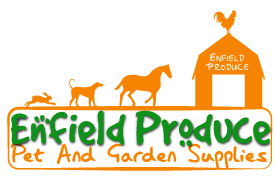




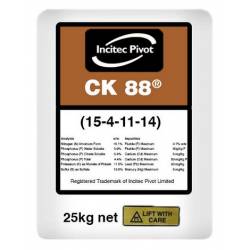
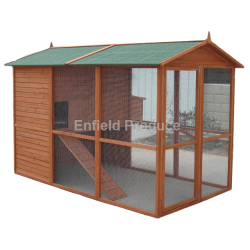
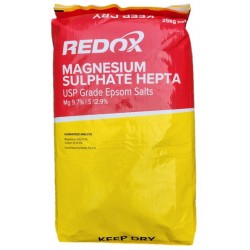
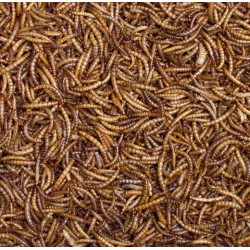
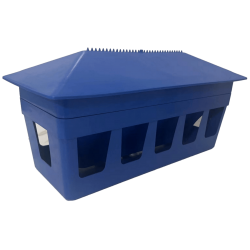
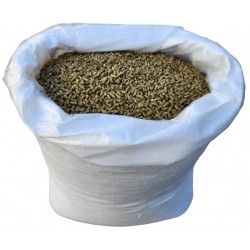
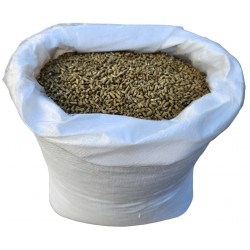


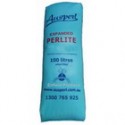
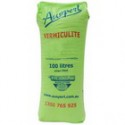

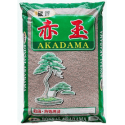
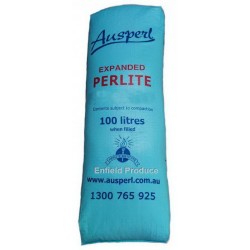
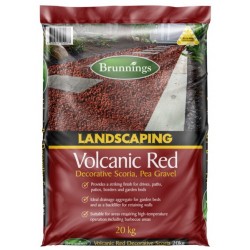
Ausperl Perlite P400 & P500 is currently unavailable. Please consider Medium Chillagoe perlite instead of the P400 and Coarse Chillagoe Perlite instead of the P500. Listed below